Last week, Hyundai released a sneak peak of its “Wearable Robot” – a line of robotic exoskeletons inspired by the Iron Man suit.
The South Korean automaker plans to commercialize at least three variations in the near future. None of these suits will have shoulder-rockets, hand-jets or arc reactors. But, according to Hyundai, they can lift “hundreds of kilograms” and replace wheelchairs for people with disabilities. Plus they come in blue.
Here’s the full “Hyundai Wearable Robot” ad.
Okay, so the “Wearable Robot” isn’t anything close to Iron Man’s suit. On the other hand, the military prototype mentioned in Hyundai’s announcement, may get there one day.
No one seems to have noticed the striking resemblance it bears to the bulletproof exoskeleton shown off by the U.S. military in 2010. Aside from the color, it’s pretty much the same robo-suit.
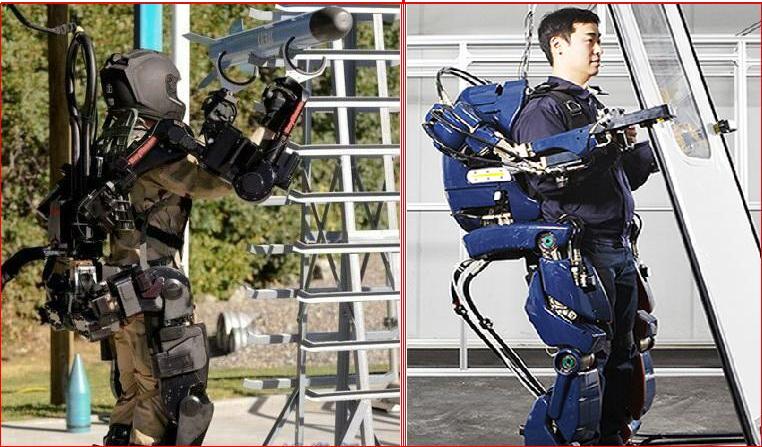 Of course, even if a ‘Wearable War-Bot” is already in the making, the details are classified. For now, Hyundai revealed just three variations of their commercial exoskeleton.
Of course, even if a ‘Wearable War-Bot” is already in the making, the details are classified. For now, Hyundai revealed just three variations of their commercial exoskeleton.
Assembly Line Robot
This electronic exoskeleton can allow factory workers to pick up and carry over 600 pounds. 5-10 of these can increase efficiency and overall productivity of at an average-sized Asian factory.
Panasonic already mass-produces a similar device. Their version only increases lifting strength by 30 lbs but it’s lightweight. It also costs a lot less than Hyundai’s full-body robot.
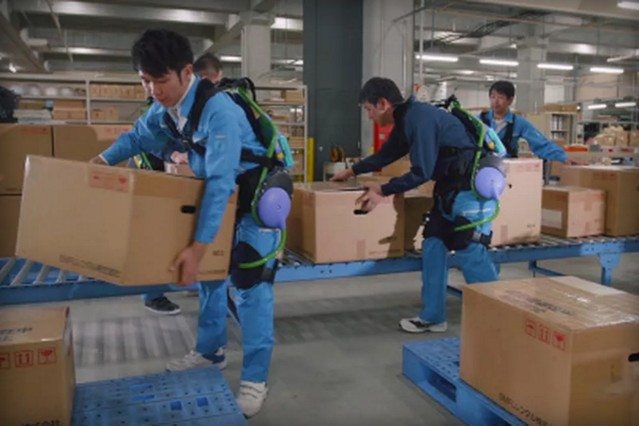
via mashable.com
Mobility Suit
As Hyundai’s head engineer said in their video, people are living longer now than ever before. And, as life expectancy continues to rise, the demand for better wheelchair replacements follows suit (no pun intended.)
Hyundai’s solution to limited mobility is this wearable robot. Theoretically, it can allow millions of elderly and disabled people to walk again. But, for now, similar machines are only used for physical rehabilitation.
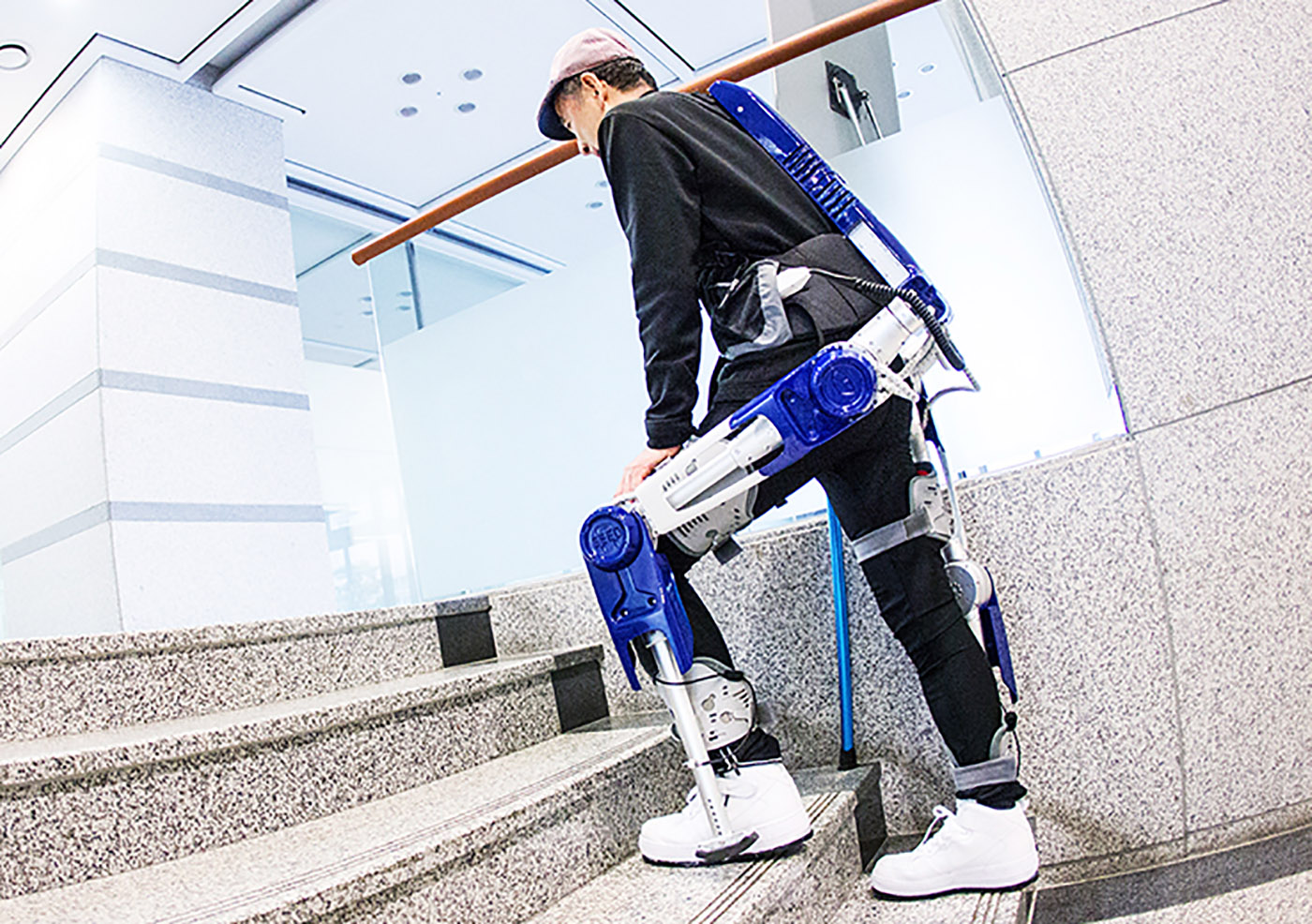
via tgdaily.com
The Every-Day Mech Suit
Ultimately, the company’s goal is to convince the public that everyone needs a “Wearable Robot” like we already ‘need’ our smartphones and wearable gadgets.
Of course, Hyundai’s current prototype if a far shot from Iron Man’s armour. It’s bulky, heavy, expensive and just not very useful to most people. Also, the hand clamps are awkward and clearly useless outside of the factory floor.
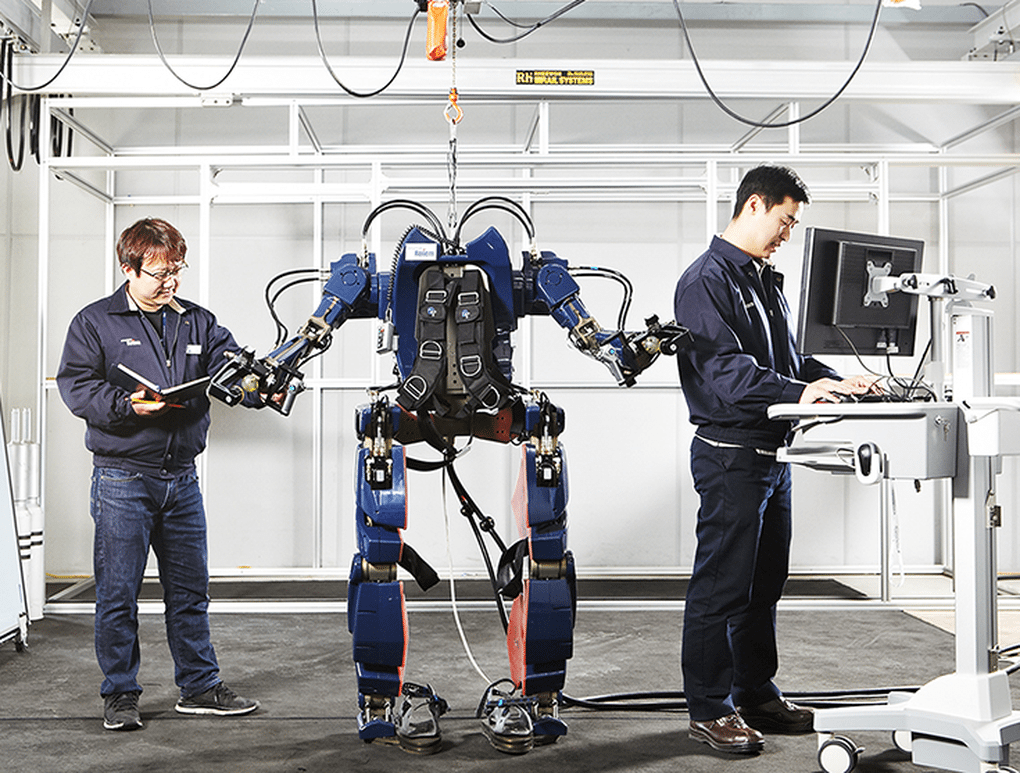
via vidi.hr
That being said, Hyundai has come a long way in the past two years. Their 2014 “Lifecaring ExoSkeleton” was even heavier and consumed a lot more energy.
If they keep advancing at this rate, we may see an attractive, functional, Iron Man-esque “Wearable Robot” as early as 2030.
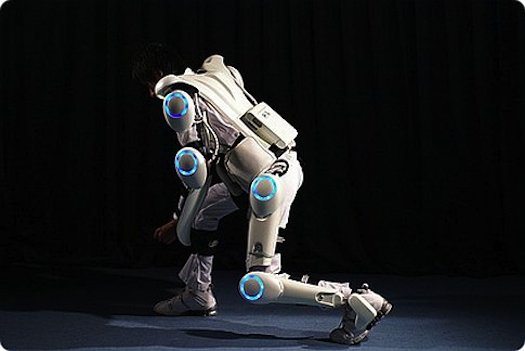
via isethys.fr









